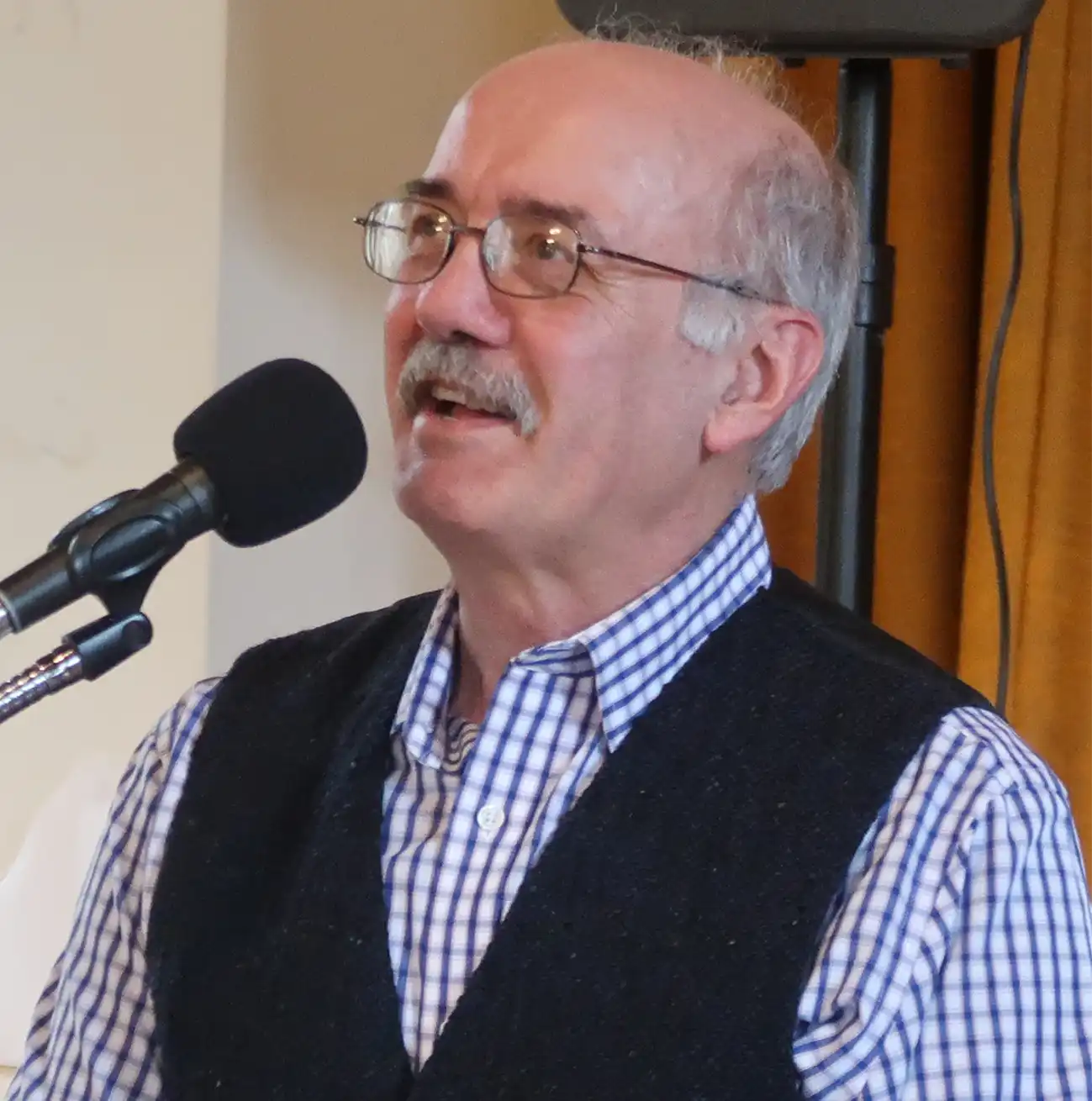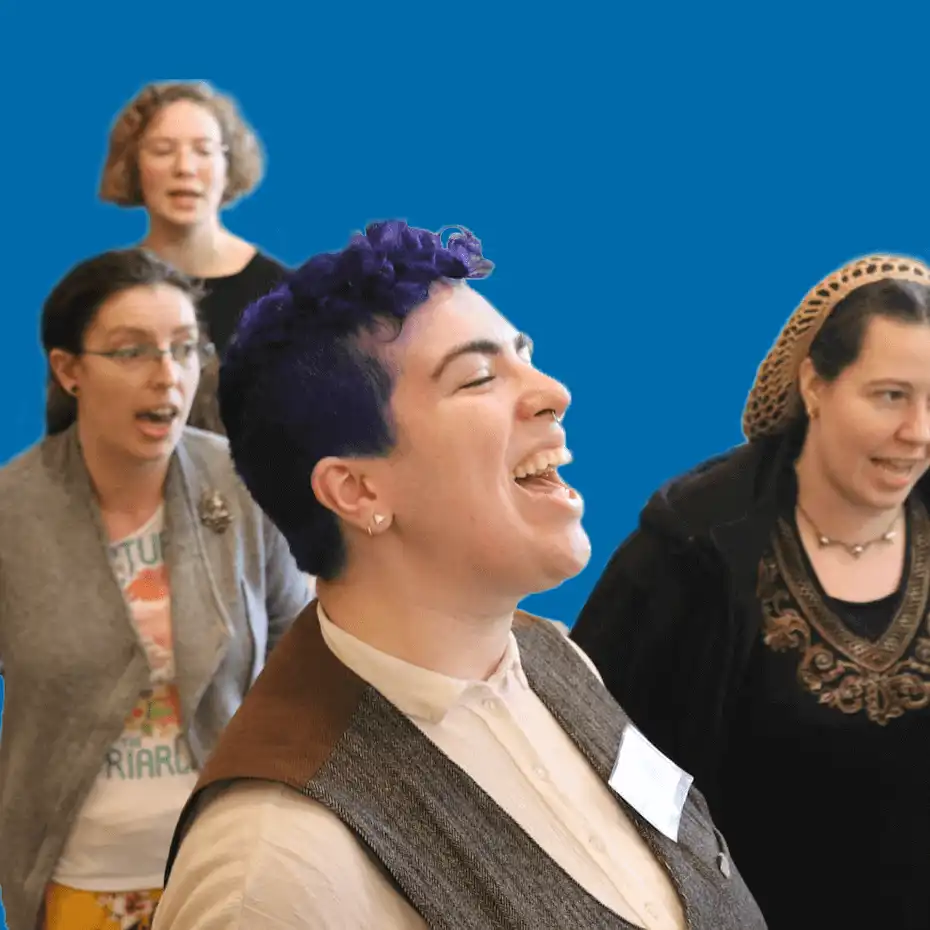Episode 4 of the Flying Shoes Radio Hour involves chatting (and laughing) with the Quebecois band Genticorum. Listen and subscribe!


Episode 4 of the Flying Shoes Radio Hour involves chatting (and laughing) with the Quebecois band Genticorum. Listen and subscribe!

We are delighted to announce that David Millstone of Lebanon, NH, is the recipient of the 2026 CDSS Lifetime Contribution Award. David is a dancer, caller, teacher, historian, and leader specializing in contra dance, New England squares, and English country dance.

We are delighted to announce that David Millstone of Lebanon, NH, is the recipient of the 2026 CDSS Lifetime Contribution Award. David is a dancer, caller, teacher, historian, and leader specializing in contra dance, New England squares, and English country dance.
For more than 40 years, David has helped and encouraged modern practitioners to connect with the historical roots of these living traditions. His passion for dance has informed and engaged people across the continent. From running local dances and mentoring new callers to creating documentary films, digital libraries, and interactive websites, David’s dynamic array of contributions will continue inspiring people for generations to come.
We will honor David on June 13, 2026, in Norwich, VT. Check out the Spring 2026 issue of the CDSS News for more information about David’s life and work and his celebration event!

We’re excited to announce that our long-running song sharing archive is now accepting submissions! Have a favorite song that works at pub sings, song circles, and other community singing events? Share it here!

Tim Edwards introduces the Child ballad “James Harris,” also known as “The Demon Lover” or “The House Carpenter.” He writes: “The story of the lost love reappearing after the traditional 7 years in demonic form captivated me.”
Dates: August 8-14 (6 nights, Saturday p.m.–Friday a.m.)
Location: Agassiz Village, Poland, ME
Dates:June 13-20 (7 nights, Saturday p.m.–Saturday a.m.)
Location: Camp Cavell, Lexington, MI
Dates: July 19-26 (7 nights, Sunday p.m.–Sunday a.m.)
Location: Pinewoods Camp, Plymouth, MA
Dates: July 26-August 1 (6 nights, Sunday p.m.–Saturday a.m.)
Location: Pinewoods Camp, Plymouth, MA
Dates: August 1-8 (7 nights, Saturday p.m.–Saturday a.m.)
Location: Pinewoods Camp, Plymouth, MA